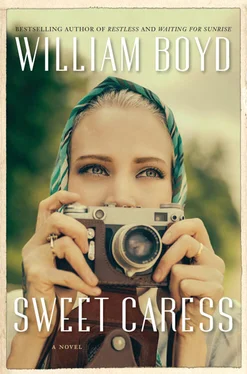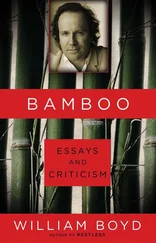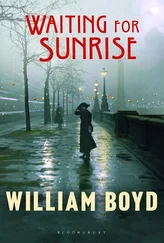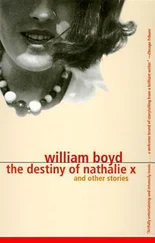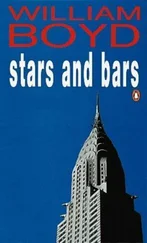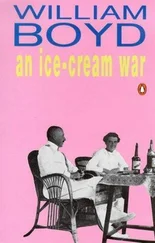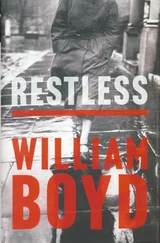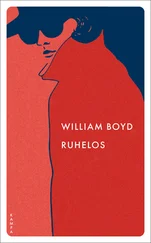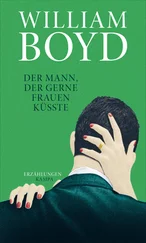‘Just be cautious, Mrs Farr,’ Cole had said. ‘Up there you’ll be in the middle of a very remote, hot nowhere. The local sheriff is miles away in Bishop. I talked to the cops. None of them had ever been out to Willow Ranch. Never been any trouble, they told me. But it’s clear that the place, and what exactly goes on there, is something of a mystery.’
With that in mind, I had formulated a plan, of sorts, that I hoped would afford me entry to the place. Before I’d left LA I had ordered some business cards to be printed up. ‘Amory Clay. Staff photographer. Global-Photo-Watch. ’ I was making the assumption that most people were flattered when professional photographers offered to take their photographs, for a fee, moreover — even, perhaps, publicity-shy people like Tayborn Gaines.
The next day I loaded up my two cameras with film, filled a gallon plastic container with iced water, bought a ham and coleslaw sandwich at a diner and drove out the few miles to Line Lake.
The lake itself didn’t really exist any more, apart from some shallow briny pools. Like most of the water in the valley it had had its inflow diverted to feed the Los Angeles aqueduct and was now a dry alkaline flat, cracking up in the relentless sun like a pottery glaze in a furnace. The hamlet managed to survive on passing hikers and there was still some freelance mining going on in the deep incised arroyos in the foothills of the Sierra Nevada — miners needed food and fuel and a place to drink. Line Lake boasted a bar, a gas station and a general store on the one street of brick, wood and plasterboard shacks. It was the twentieth-century version of a one-horse town.
I pulled into the gas station, had the attendant fill up the Dodge’s tank and asked the way to Willow Ranch.
‘You don’t want to go to Willow Ranch, ma’am,’ the attendant said, a raw-boned, deeply tanned man who could have been thirty or sixty. ‘You got nothing but pothead hippie freaks out there.’
‘I’m a photographer,’ I said and gave him my card — record of my passing. He read it carefully. ‘Oh. You should be OK, then.’ It always worked.
The dirt road out of Line Lake ran up the middle of a wide wash where the heat seemed even more intense. I saw a broken sign that said ‘Willow Ranc—’ and persevered. I was stopped by a pine log across the track and beside it sat a wheelless VW Combi with a tarpaulin awning rigged off its side to give shade to a ramshackle stall selling home-grown produce — pots of honey, squash, corn cobs, long thin avocados and an assortment of various-sized straw baskets. A young man, shirtless, stepped out, hands in his pockets, with the unfocussed, blinking gaze of someone just roused from sleep or massively intoxicated.
‘Hey. Nothing down that road for you, ma’am. Ah. . Like private property, you know?’
‘I’ve an appointment with Tayborn Gaines. I’m a photographer.’ I showed him one of my cameras.
‘Oh. OK. Sure.’ He dragged the log away and I drove on to Willow Ranch only to pause, a hundred yards down the track, at a kind of crude gateway. On a rickety arch made of hewn timber and bits of planking there was a message, written in black paint, below the now familiar stylised eye: ‘THERE ARE NONE SO BLIND AS THOSE WHO WILL NOT SEE’.
I drove on under it, slightly more apprehensive. And after a few turns in the dirt road, Willow Ranch was revealed to me. I paused to take a quick photograph.
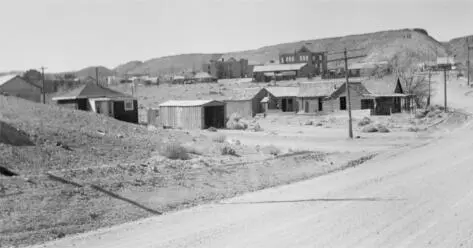
Willow Ranch, Inyo County, California, 1968.
The abandoned dude ranch was bigger than I expected, with a strange assortment of ramshackle wooden buildings spread over a two- or three-acre site, most of them semi-derelict, some roofless, with, at the centre, a three-storey western ‘saloon’ and a corral overgrown with mesquite bushes. Parked here and there in the shade of scrub oak or stunted cottonwood trees was an assortment of vehicles, sun-bleached cars and trucks and one ancient school bus. There must have been a water source as I saw a generator pump by a well head with black hoses winding out to those various buildings in better repair and to irrigate small vegetable allotments scratched out between the buildings. Here and there were other signs of semi-permanent habitation: a rubbish dump, washing hanging on lines — and graffiti, lots of graffiti. I slowed to take the slogans in — Ban the Bomb signs, flowers, and amongst them, carefully painted and stencilled messages: ‘BRAINWASHERS ARSONISTS SADISTS KILLERS — ENLIST TODAY IN THE SERVICE OF YOUR CHOICE’; ‘GIRLS SAY YES TO BOYS WHO SAY NO’; ‘RICH MAN’S WAR’; ‘WAR IS NOT HEALTHY FOR CHILDREN’; ‘MAKE ART NOT WAR’; ‘WAR IS GOOD BUSINESS INVEST YOUR SON’; ‘GIVE PEACE A CHANCE’.
Young men and women looked on in vague curiosity from doorways, canvas awnings and porches as I bumped along the track in front of the saloon and halted the car in the shade cast by its facade and stepped out. There were advantages to being a woman in your sixties with grey hair — sometimes — you posed no obvious threat, but I noted that my hands were shaking and my throat was constricted. I smiled breezily at a couple of guys wandering towards me. They were smiling. The natives were friendly.
‘Hello,’ I said as calmly as I could manage. ‘I’ve an appointment with a Mr Tayborn Gaines.’
‘Tay!’ one of the guys shouted towards a purple and white bungalow with an ex-army jeep parked outside, and more graffiti above the front door: the big stylised eye and the message ‘CLARITY OF VISION = THOUGHT = PURPOSE’. Then he sniggered as he added, ‘Old lady here to see you, man!’
After about a minute a tall, fit, good-looking man in his thirties emerged from the purple bungalow. He was bare-chested and wearing sawn-off jeans and had a red towel draped round his shoulders. His long, shoulder-length hair was damp, as if he’d just taken a shower, he was wearing sunglasses and had a droopy Mexican-style moustache.
‘Hi there, ma’am, I’m Tay Gaines, what can I do for you?’ he asked me in a friendly open manner, unfolding his towel and drying his hair.
‘Let me give you my card,’ I said. I had put my camera bag on the ground and as I started to rummage in it I covertly snapped a photo, quickly, hoping I’d managed to catch him in the frame. Evidence that might be useful. I stood and handed him a card.
‘ Global-Photo-Watch. I don’t understand.’
‘We have an appointment,’ I said. ‘Don’t we?’
I don’t know quite what I’d been expecting — some kind of low-life down-and-out, I suppose — but Tayborn Gaines was a handsome well-built man and clearly proud of his lean, muscled body. And something of a full-on narcissist, I suspected.
‘No, I don’t recall any “appointment”,’ he said politely, looking around at the small crowd that had gathered. ‘I think you must have made some kind of mistake.’
‘My editor told me to come here,’ I said. ‘He told me everything was arranged.’
‘I’m sorry, ma’am, but I’ve had absolutely no contact with’ — he glanced at my card — ‘any Global-Photo-Watch. ’ He smiled. ‘I stopped talking to the press a long time ago.’ He handed his towel to another girl — a pale-faced black girl with a huge Afro hairstyle — as she wandered out of the bungalow, curious to see what was going on. He put his hands on his hips and stared at me, head on one side.
‘Crossed wires, I guess,’ he said.
‘We’re doing this piece on alternative Californian communities,’ I said. ‘You know, the Esalen Institute, Hog Farm, Drop City, the White Lodge Commune in Marin County.’ I smiled apologetically. ‘I’m just a photographer, I go where they send me. I was told everything was arranged.’
Читать дальше
